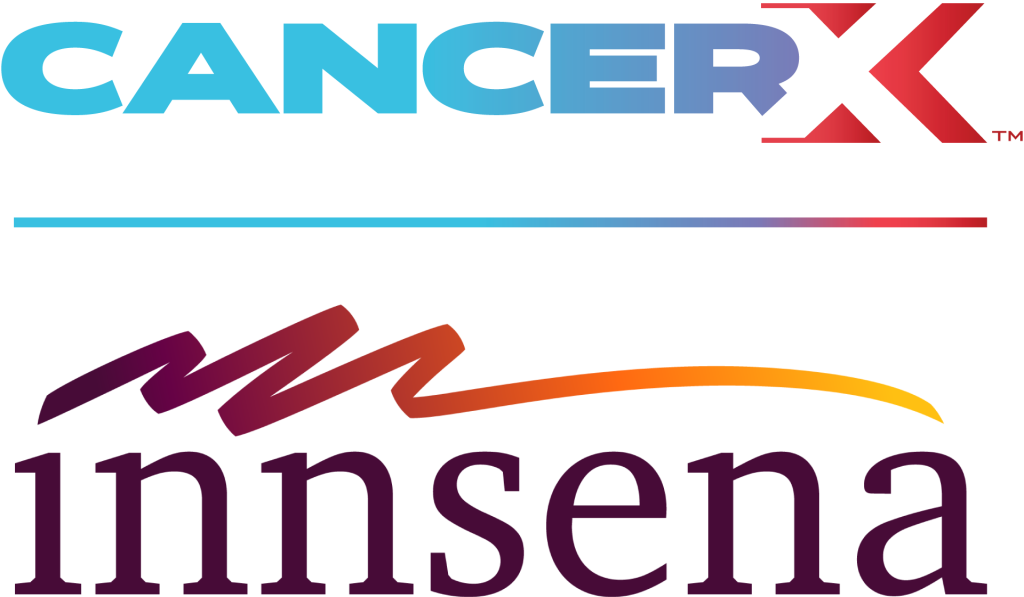
By KAT MCDAVITT and LESLIE KIRK
Innsena has made a $100,000 contribution to CancerX, making Innsena the public-private partnership’s first Impact Supporter.
Why? There are few conditions in which the disparity in innovations benefiting underserved communities is more apparent than in the treatment and prevention of cancer.
Patients without insurance are more likely to present with more advanced cancers, and the cancer death rate for people of color is significantly higher than for white patients. More people die from cancer in rural communities than in urban settings.
In CancerX, we found a community of partners taking on hard problems to equitably deploy innovative solutions that can reduce the risk of, and cure cancer for all patients. Even—and especially—when financial incentives do not otherwise exist for the private sector to solve those problems.
Innsena is committed to improving equitable access, treatment and outcomes for the most vulnerable among us. We focus on supporting improved outcomes for Medicaid members and underserved communities. The disparity caused by the absence of incentives and funding for innovators to enter the Medicaid market can’t be overstated.
But innovators, and the investors who fund these pioneers, are exactly what our industry needs to change health outcomes in underserved communities.

We decided that, if the incentives to innovate in cancer care for vulnerable populations don’t exist, then we would create them. Our financial commitment to CancerX is a step forward that we hope will start a broader movement.
Our team’s $100,000 contribution will help the team at CancerX to accelerate programs underway—including its effort to improve equity and reduce financial toxicity in cancer care and research—and to more rapidly launch new initiatives.
We’re particularly proud to support the public-private partnership’s efforts to improve equity and reduce financial toxicity. Cancer deaths are inequitably distributed across the United States—and those patients who do survive are 2.5 times more likely to declare bankruptcy than those without disease.
Likewise, a key component of CancerX is a start-up accelerator for companies bringing more digital solutions for the treatment and prevention of cancer, with special attention given to organizations that focus on disadvantaged populations. We’re honored to support the start-ups selected for the first CancerX accelerator cohort with both mentorship and financial support.
And to that end, as individuals, we’ve gone one step further to support start-ups focused on preventing and curing cancer for vulnerable patients. We’ve also partnered with Ben Freeberg and his team at Oncology Ventures to ensure that digital health start-ups innovating for all patients in the oncology space have funding available to advance their causes.
Innsena is joining more than 150 organizations already working together to make a difference for all patients in the prevention and treatment of cancer. CancerX is co-hosted by the Moffitt Cancer Center and Digital Medicine Society, alongside the US Department of Health and Human Services Office for the National Coordinator for Health Information Technology and Office of the Assistant Secretary for Health.
We need more innovators working to improve care for the underserved. Join us in supporting CancerX. As a community we’ll make a difference.
Kat McDavitt is President and founding partner of Innsena. Leslie Kirk is CEO and managing partner of Innsena.














